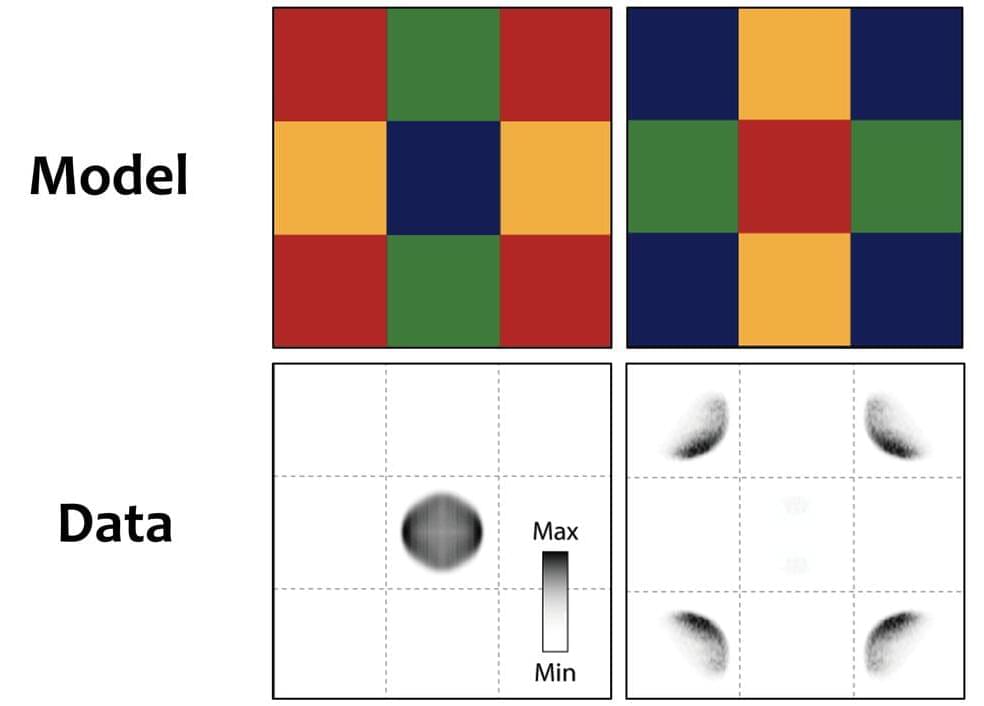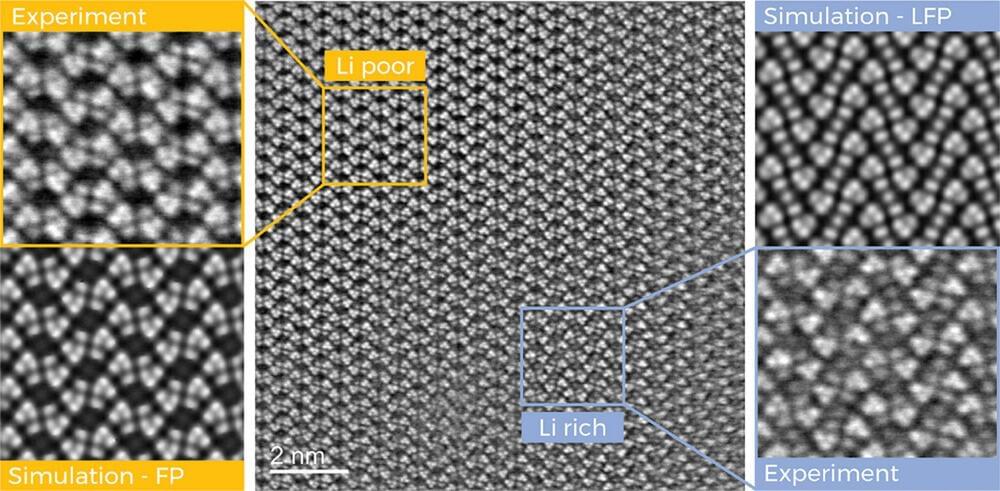New technique lets robots detect force and interpret touch without extra sensors.
Researchers used internal sensors and machine learning to give robots an innate sense of touch, bypassing expensive external sensors.
New technique lets robots detect force and interpret touch without extra sensors.
Researchers used internal sensors and machine learning to give robots an innate sense of touch, bypassing expensive external sensors.
The Dark Energy Camera has captured an image of the dazzling Coma Cluster, named after the hair of Queen Berenice II of Egypt. Not only significant in Greek mythology, this collection of galaxies was also fundamental to the discovery of the existence of dark matter.

Dark states are quantum states in which a system does not interact with external fields, such as light (i.e., photons) or electromagnetic fields. These states, which generally occur due to interferences between the pathways through which a system interacts with an external field, are undetectable using spectroscopic techniques.



Integrated photonic circuits operating at room temperature combined with optical nonlinear effects could revolutionize both classical and quantum signal processing. Scientists from the Faculty of Physics at the University of Warsaw, in collaboration with other institutions from Poland as well as Italy, Iceland, and Australia, have demonstrated the creation of perovskite crystals with predefined shapes that can serve in nonlinear photonics as waveguides, couplers, splitters, and modulators.

Mathematicians at Loughborough University have turned their attention to a fascinating observation that has intrigued scientists and cocktail enthusiasts alike: the mysterious way ouzo, a popular anise-flavored liquor, turns cloudy when water is added.

Just a few years ago, researchers discovered that changing the angle between two layers of graphene, an atom-thick sheet of carbon, also changed the material’s electronic and optical properties. They then learned that a “twist” of 1.1 degrees—dubbed the “magic” angle—could transform this metallic material into an insulator or a superconductor, a finding that ignited excitement about a possible pathway to new quantum technologies.

Lithium iron phosphate is one of the most important materials for batteries in electric cars, stationary energy storage systems and tools. It has a long service life, is comparatively inexpensive and does not tend to spontaneously combust. Energy density is also making progress. However, experts are still puzzled as to why lithium iron phosphate batteries undercut their theoretical electricity storage capacity by up to 25% in practice.
In order to utilize this dormant capacity reserve, it would be crucial to know exactly where and how lithium ions are stored in and released from the battery material during the charging and discharging cycles.
Researchers at Graz University of Technology (TU Graz) have now taken a significant step in this direction. Using transmission electron microscopes, they were able to systematically track the lithium ions as they traveled through the battery material, map their arrangement in the crystal lattice of an iron phosphate cathode with unprecedented resolution and precisely quantify their distribution in the crystal.